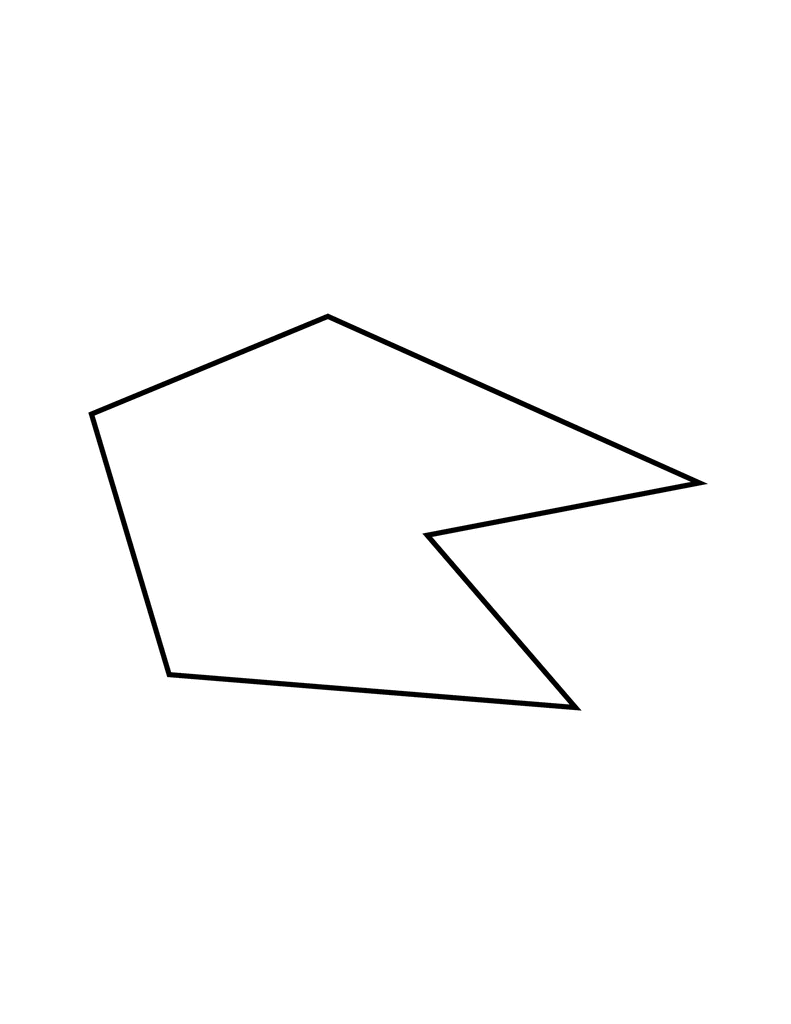Today we moved into defining some geometrical terms. I began with a formative assessment called "A&D Assessments." I found this in a book called Mathematics Formative Assessment by Page Keeley and Cheryl Rose Tobey. This is basically a "fact/fiction" statement. The students choose between (1) I agree, (2) I disagree, (3) It depends, and (4) I'm not sure. They are to justify their choice with their thoughts.
 It was very interesting to hear their misconceptions about plane figures. For example, most of the students did not believe that the irregular hexagon was a plane figure because it was not a "normal" shape. .
It was very interesting to hear their misconceptions about plane figures. For example, most of the students did not believe that the irregular hexagon was a plane figure because it was not a "normal" shape. . After our discussions, I asked them to return to their seats and we took a few notes in our journal about plane figures. We determined that a plane figure is ANY closed, 2-d figure. Therefore the statement was true! All of the figures on the page were plane figures..... including the irregular hexagon!
Once again, after our discussion we returned to the desks and
added this page to our journal. The students have been working with prefixes and suffixes in reading and were able to tell me that the prefix "poly" means "many." Using this knowledge, we defined polygon as a plane figure (2-d, closed) that is made up of at LEAST three line segments. Students now understood that the only figure on the paper that was not a polygon was the circle.
Our next activity required that the students use their prior knowledge of critical attributes of geometric figures to compare and contrast sets of polygons. I found this activity, called "Polygon Sets," in a book entitled Good Questions for Math Teaching, Grades 5-8 by Lainie Schuster and Nancy Canavan Anderson. The students were given a sheet of polygon sets. I posed the first question:
How are the polygons the same in each set?
We began by thinking of all of the ways that we classify geometric shapes. Students brainstormed a list of critical attributes to used to compare the figures:
- # of sides
- # of vertices
- parallel lines
- perpendicular lines
- # and types of angles
- symmetry
Using these attributes, they began working in table groups to find the reason that the shapes went together. Here is an example of the thinking from one class as we combined our answers and process of solving the problem:
The second question I posed was:
Can you find a polygon in each set that does not belong?
Lots of higher level thinking in class today!
HOMEWORK: Countdown 5.2



No comments:
Post a Comment